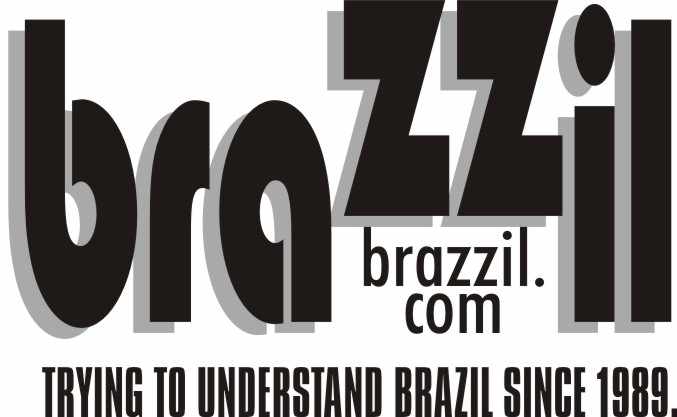The secretary of Foreign Trade at Brazil’s Ministry of Development, Ivan Ramalho, and the Chinese vice minister of Commerce, Gao Hucheng, will sign today in Beijing a memorandum of understanding.
This pre-agreement establishes quotas for some textile goods from China entering Brazil. Further negotiations will precede the signing of a final agreement by ministers Luiz Fernando Furlan and Bo Xilai in the future.
The Brazilian textile and clothing industry chalked up a disappointing performance in 2005 but intends to grow 3.5 or 4% this year, if the Central Bank effectively lowers interest rates and other adjustments occur in the economy.
This assessment was made by the supervising director of the Brazilian Textile and Clothing Industry Association (ABIT), Fernando Pimentel.
Pimentel participated last month in the Fashion Business event at the Rio de Janeiro Museum of Modern Art.
"We expected the sector to grow around 2 or 3% in 2005, compared to an 8% increase in 2004, but the preliminary figures indicate a drop in production, as measured by the Brazilian Institute of Geography and Statistics (IBGE)," he commented.
The drop in last year’s production is expected to amount to 1.5% in the textile sector and 2.5% in the clothing sector.
According to Pimentel, there were two major factors behind the drop in production: interest rates and the exchange rate. With regard to the sector’s exports, he says that, "if the exchange rate undergoes some adjustments, and Brazil moves in the direction of improving its trade agreements, exports may be able to expand as much as 5% in 2006."
The entrepreneur comments that Chinese competition in the sector represents a problem for everybody. He says that Brazil is highly competitive but that China has spare production capacity in this area.
"What we demand is a level playing field," he says. "China has a devalued currency and a tax burden that is half what we have."
Pimentel says that the Brazilian textile and clothing sector has invested about US$ 1 billion a year in Brazil and, since the real was adopted 11 years ago, has evinced an inflation rate of 15%, according to the FIPE’s Consumer Clothing Price Index, compared with an overall inflation rate superior to 165%, as measured by the National Consumer Price Index.
The adoption of safeguards against China by the federal government may be the solution to this supposedly unfair competition. Pimentel reports that the sector requested the application of safeguards to 72 Chinese products.
"The government continues to examine [the situation], and we hope that we shall soon receive the first favorable decisions in response to our grievances," he said.
ABr
